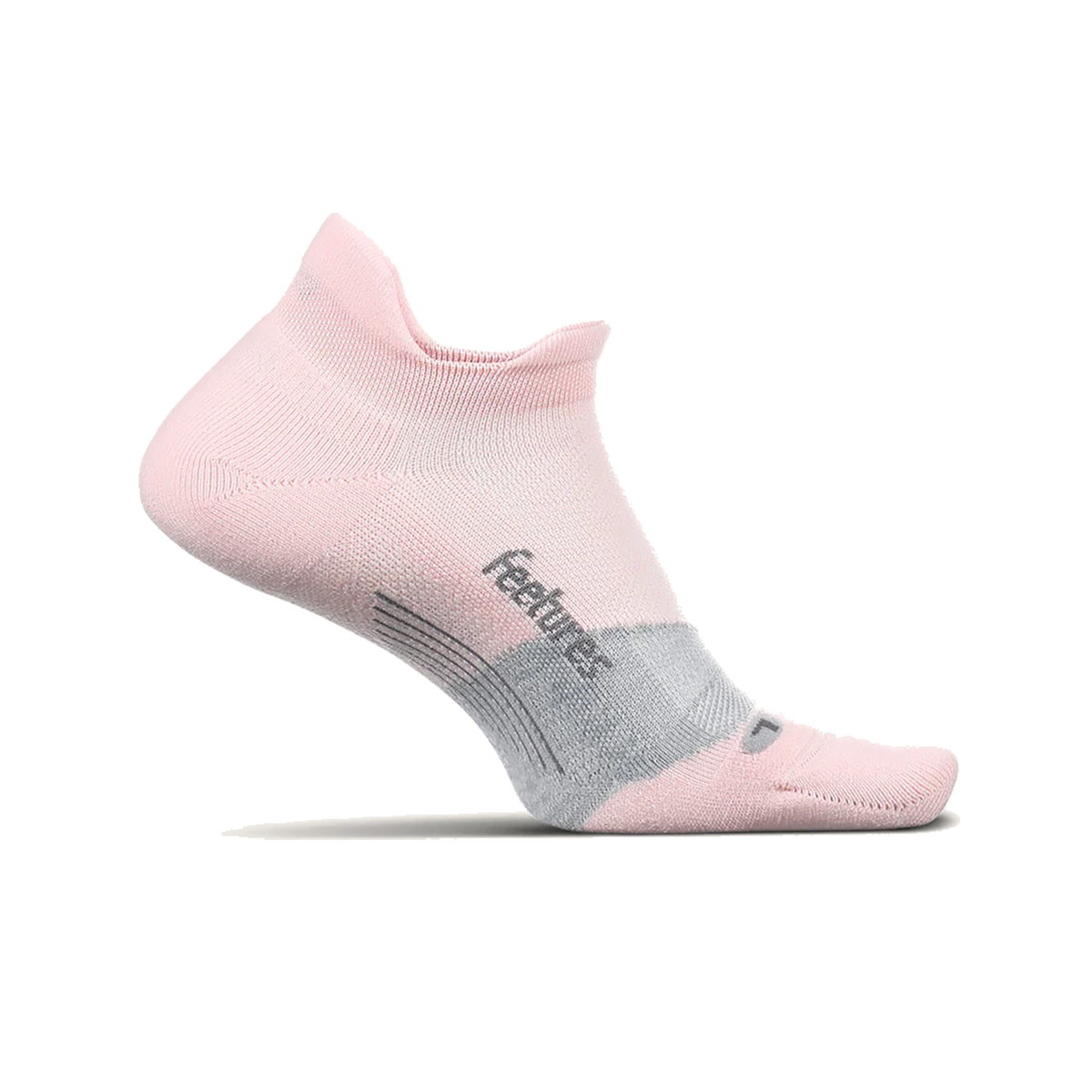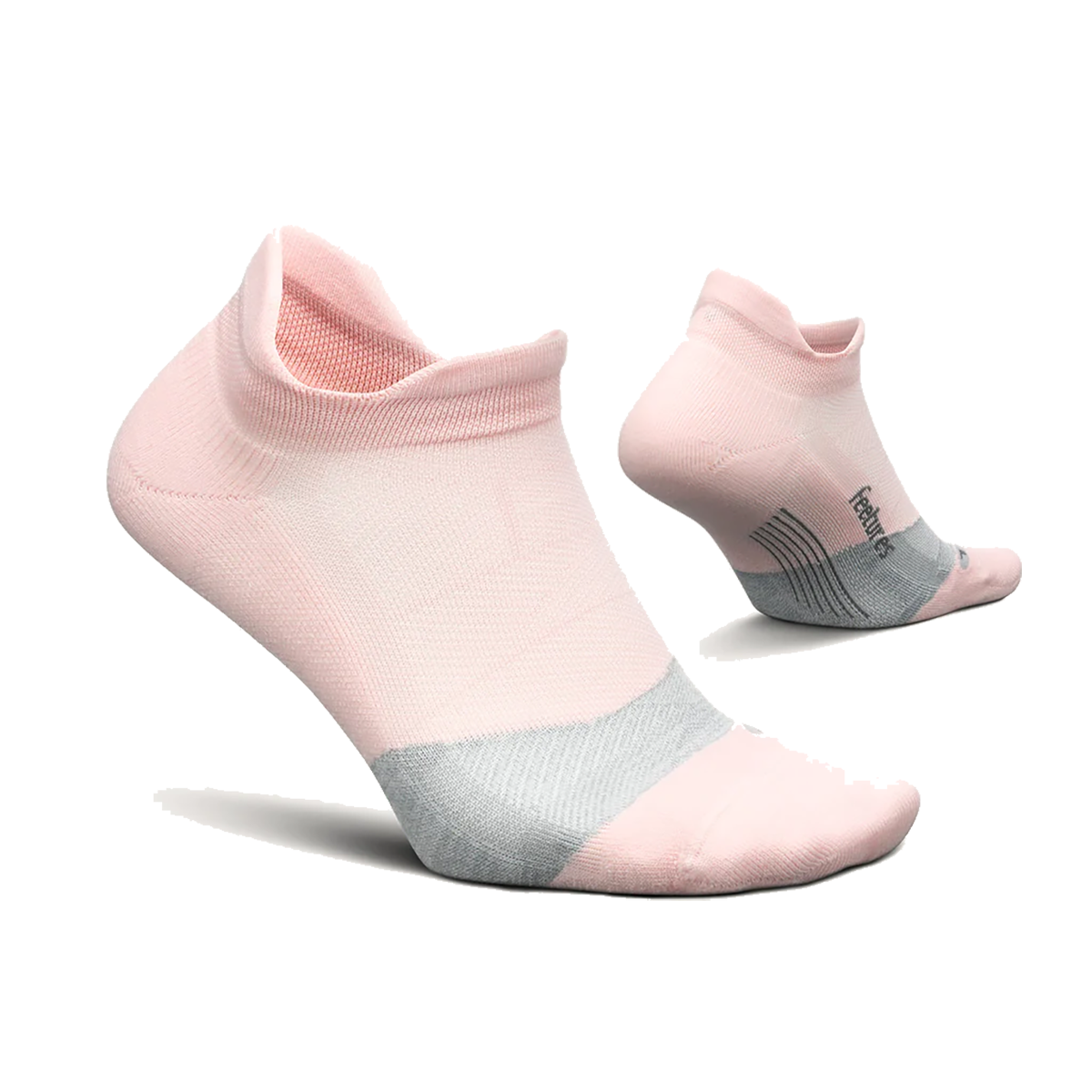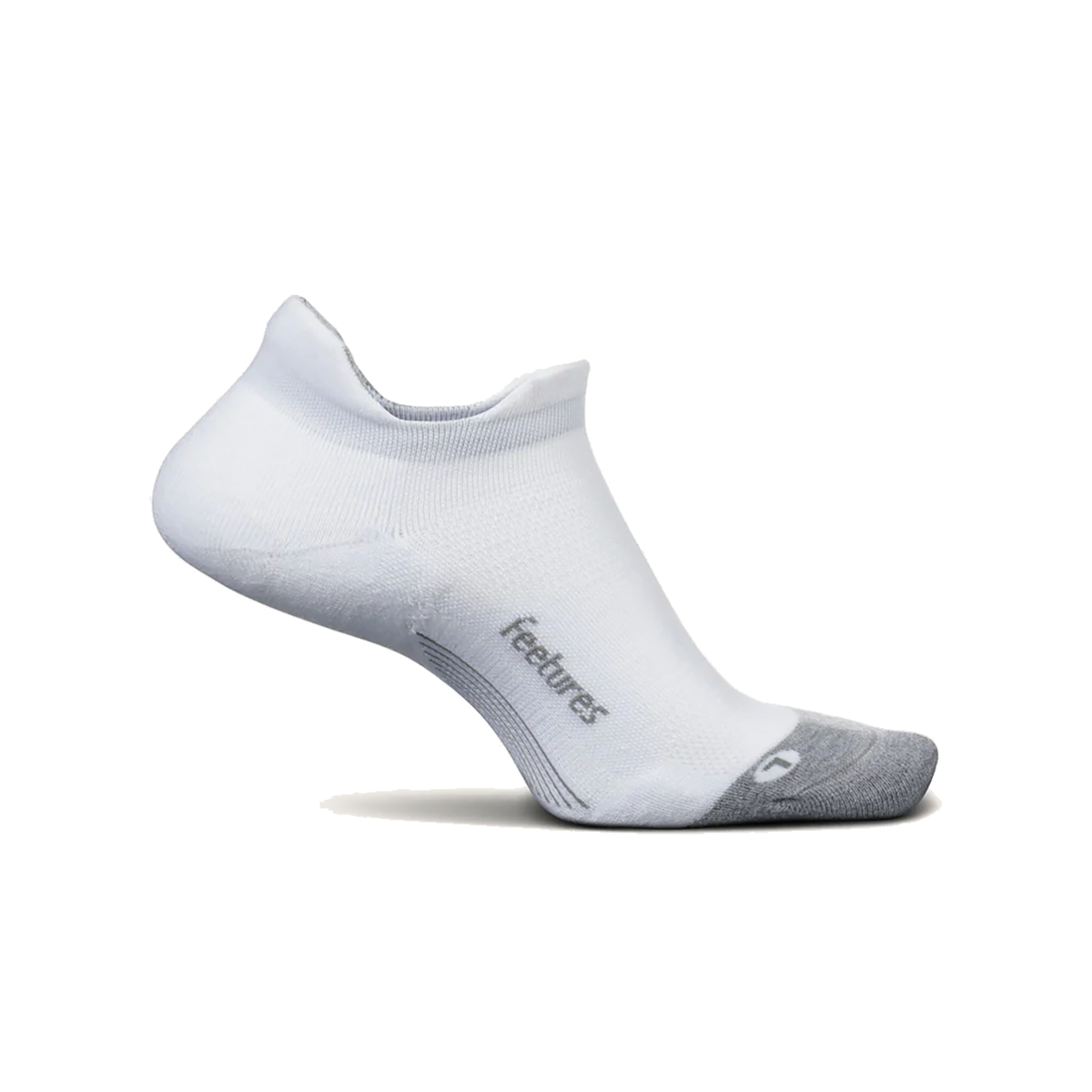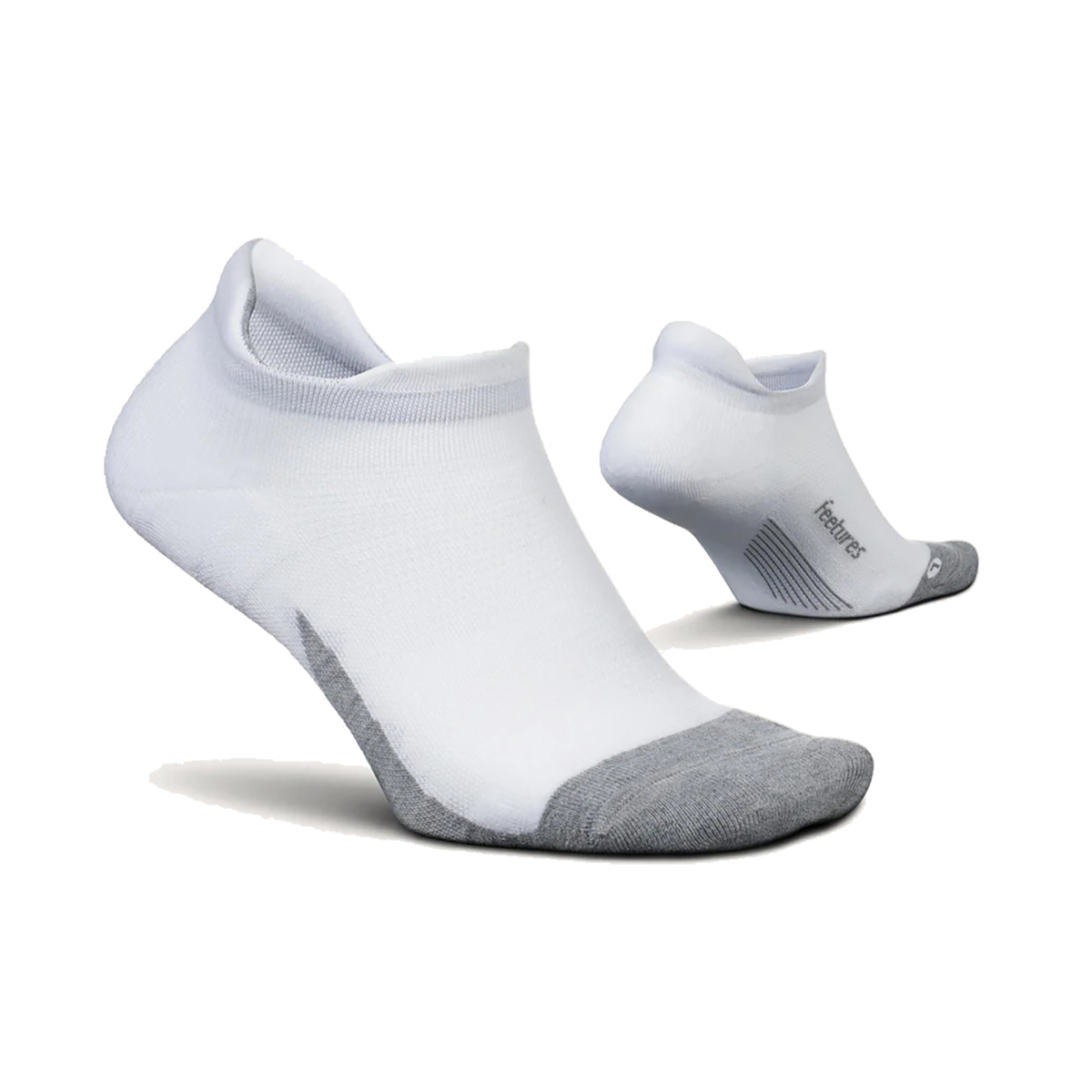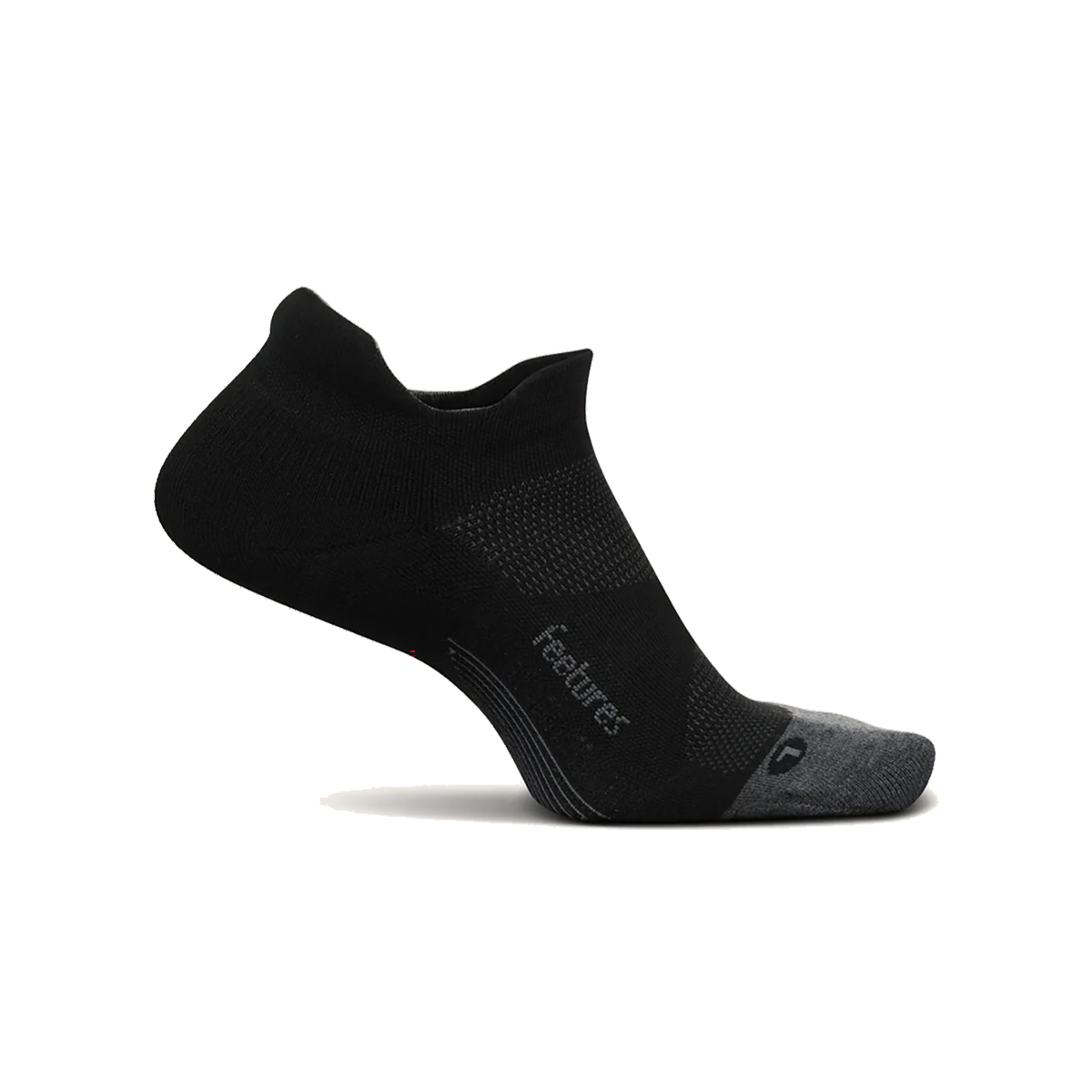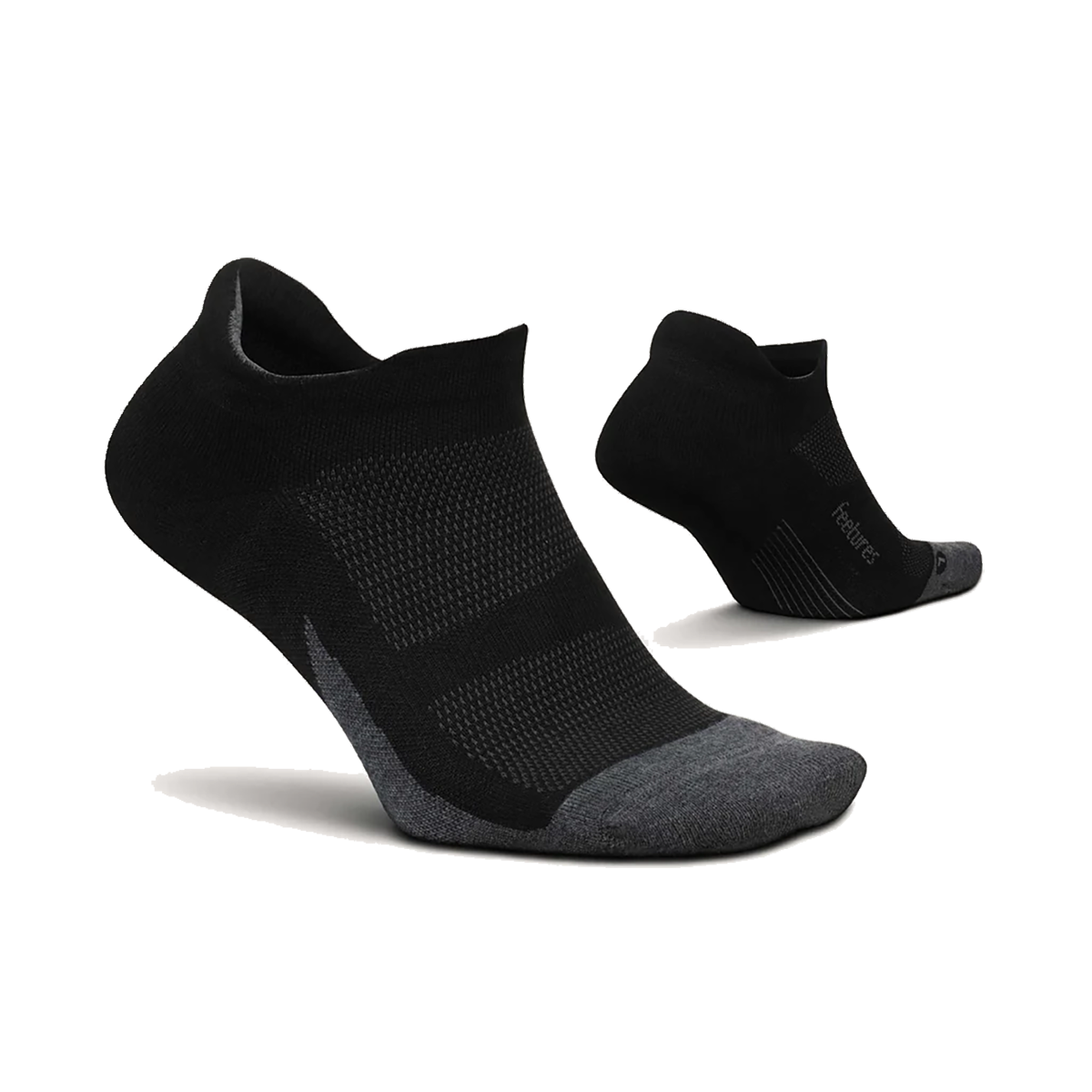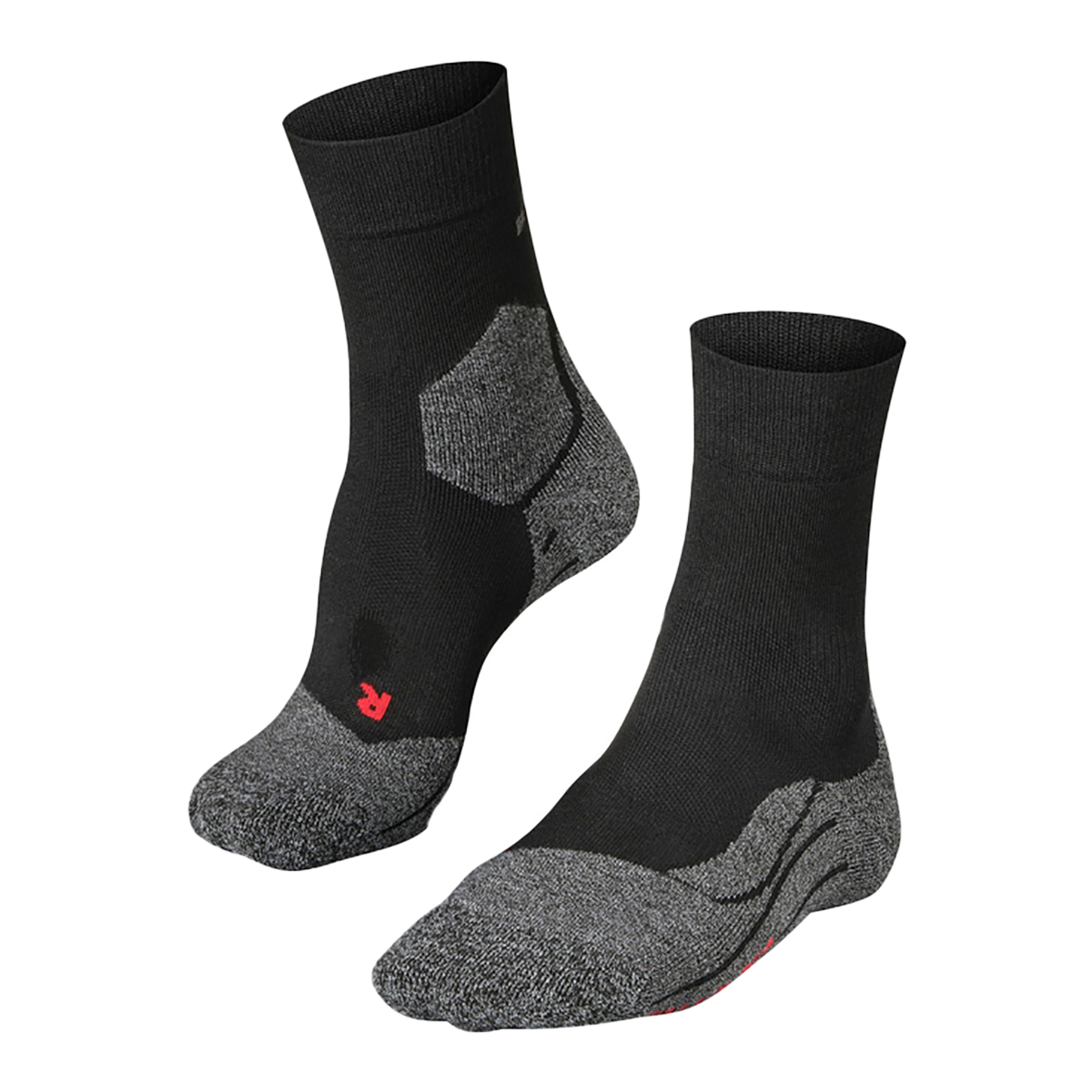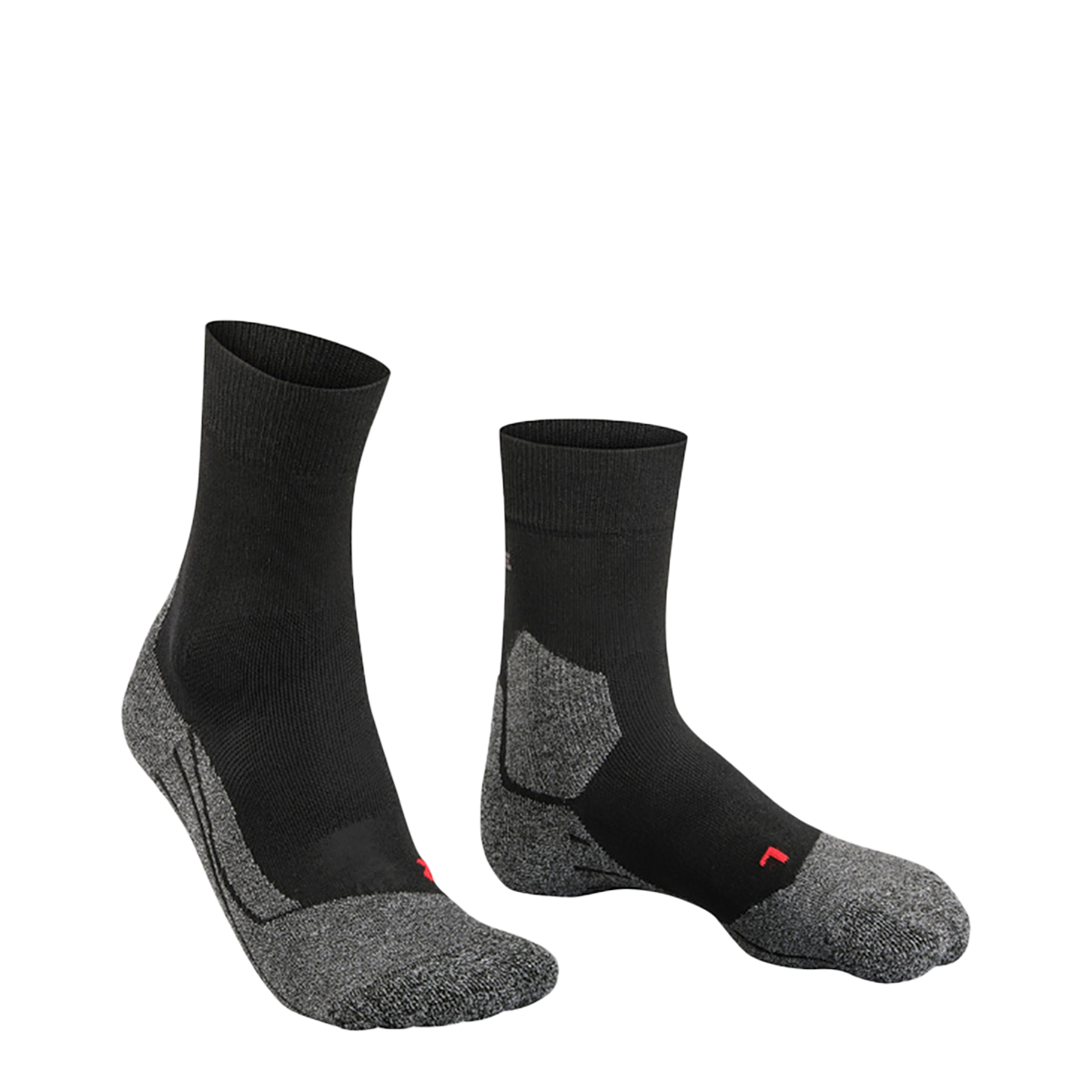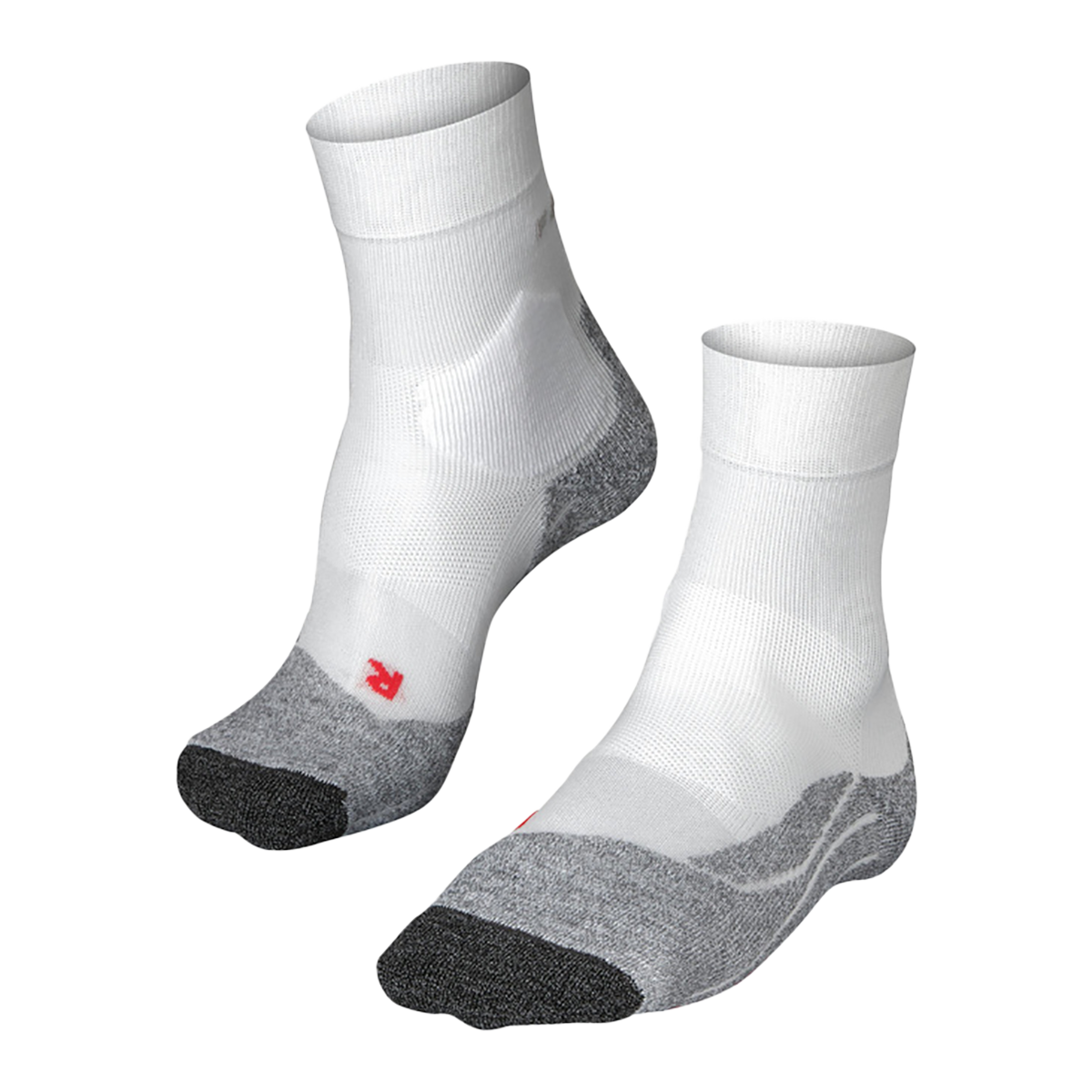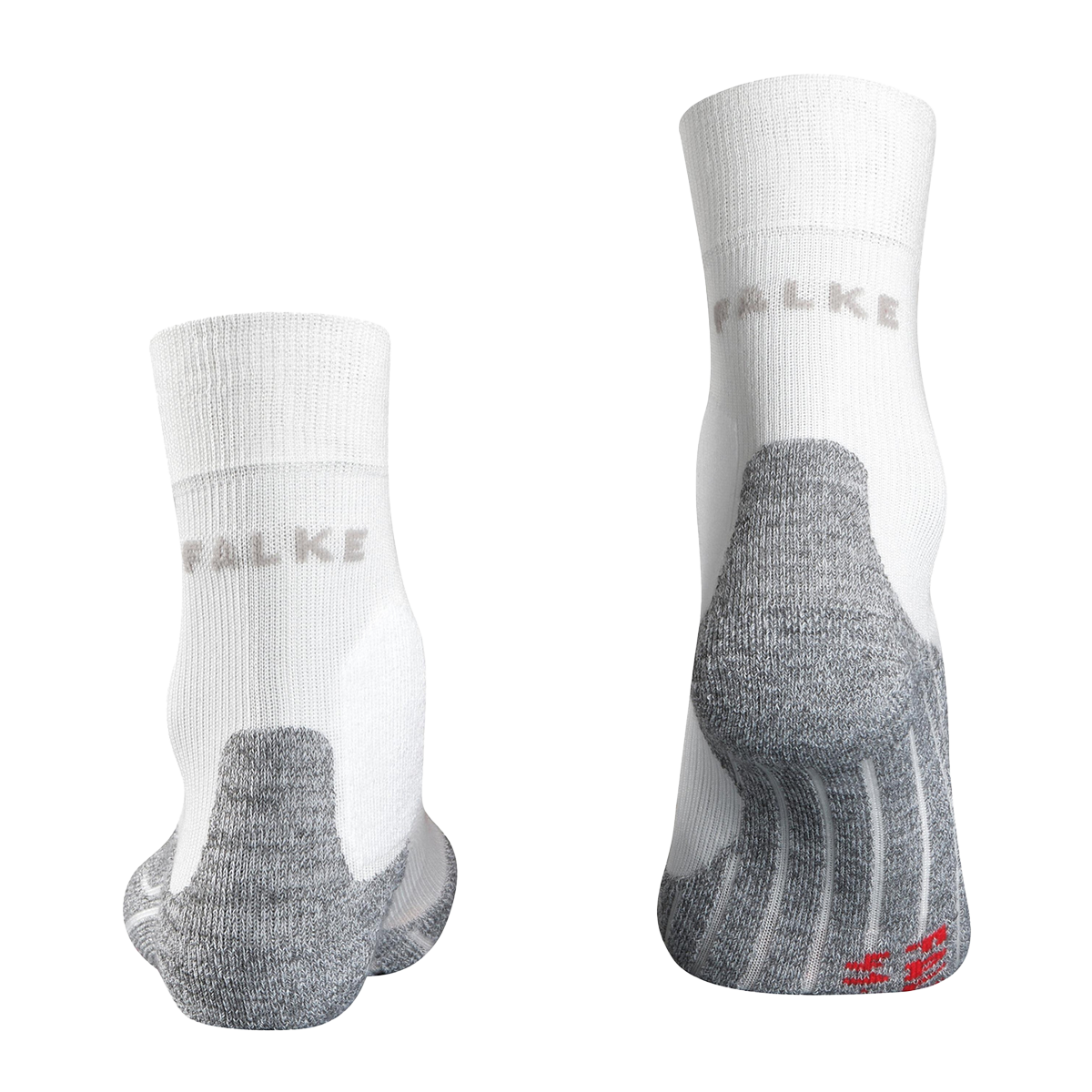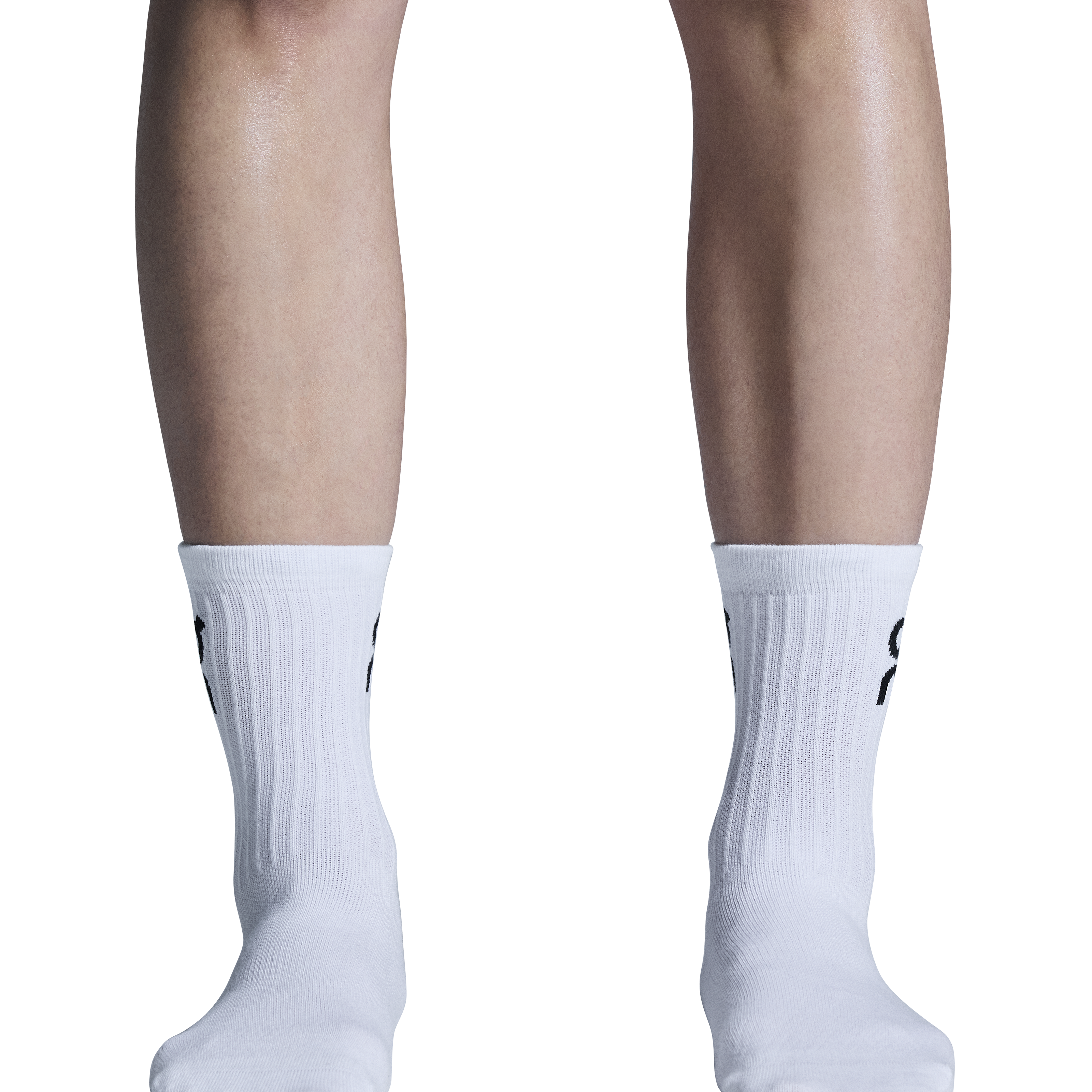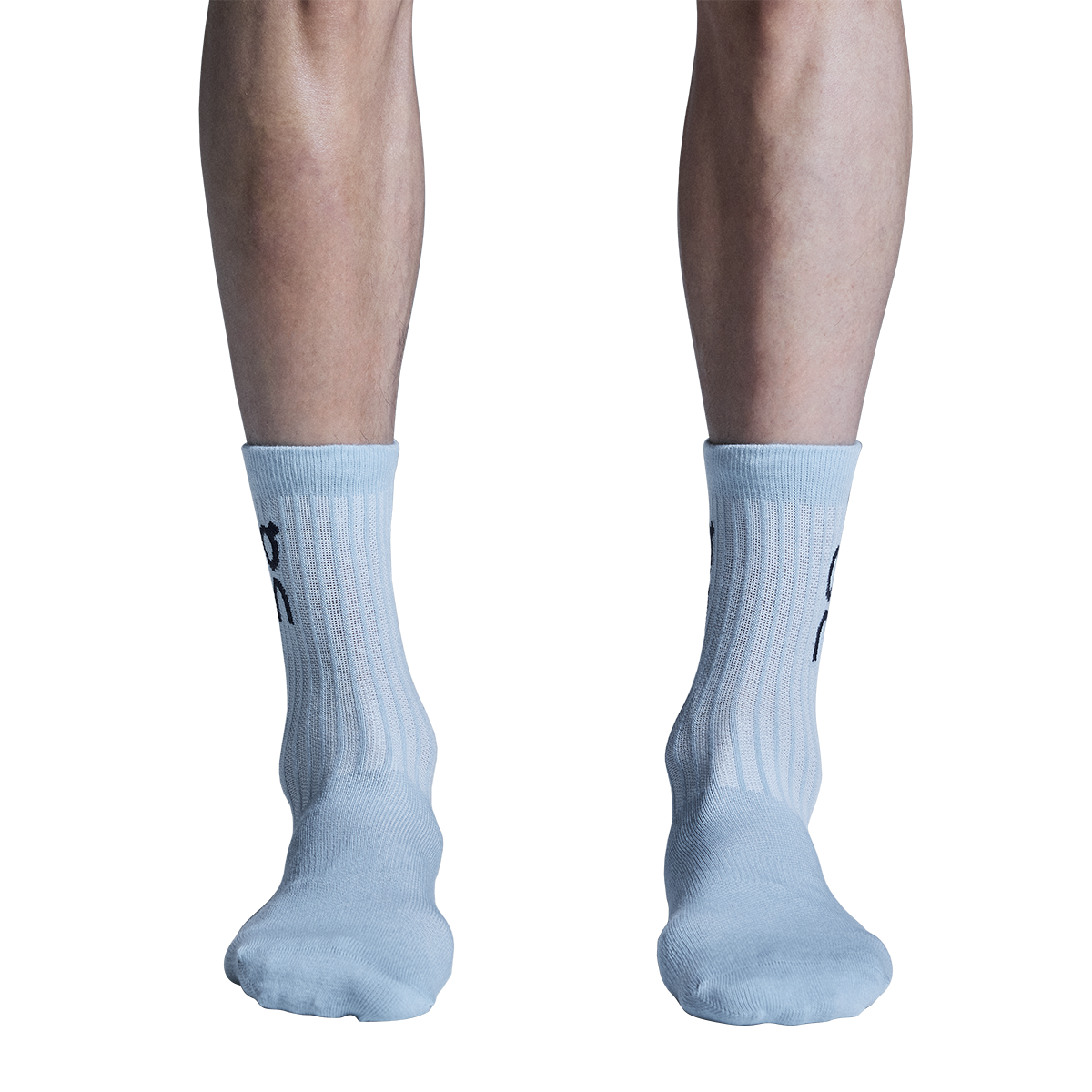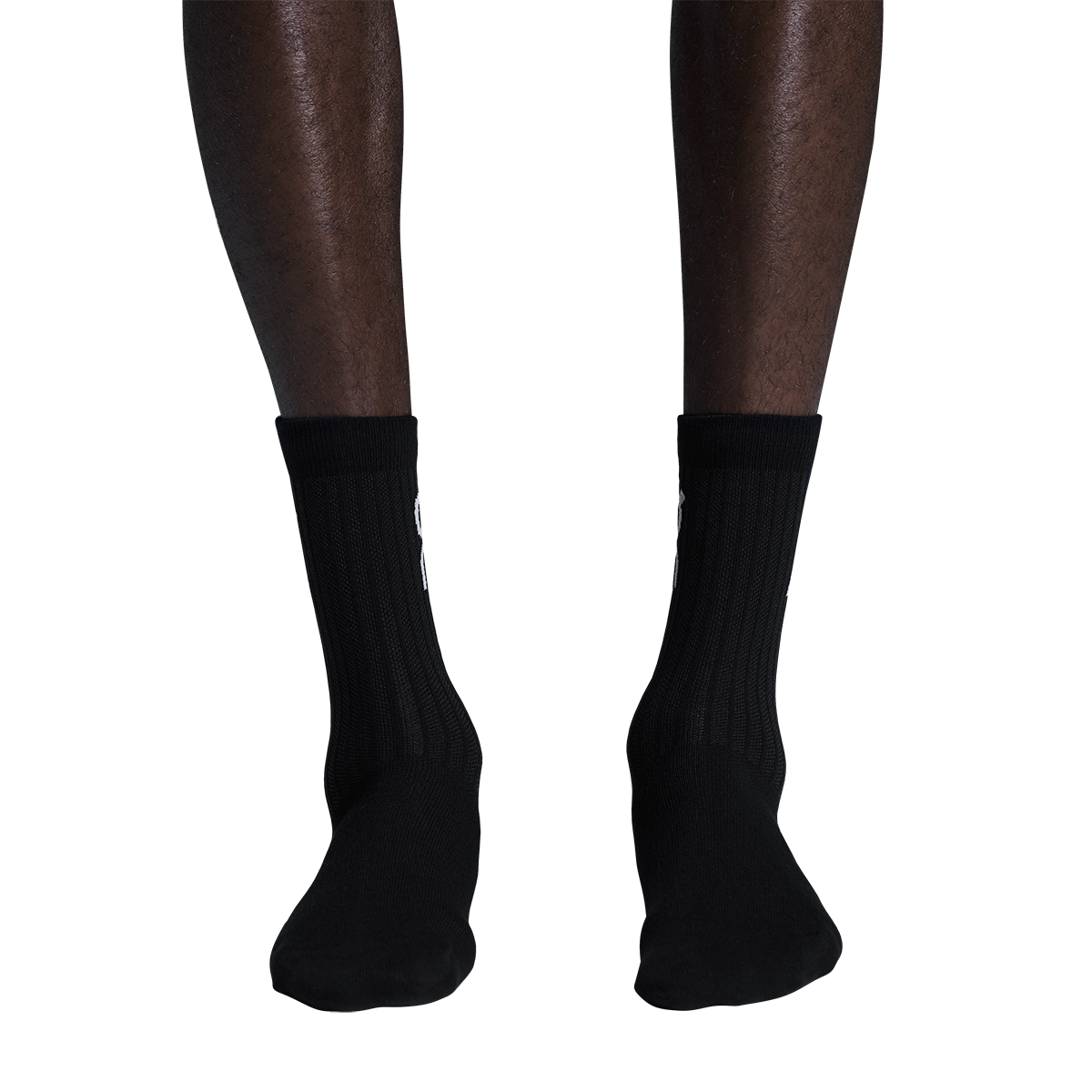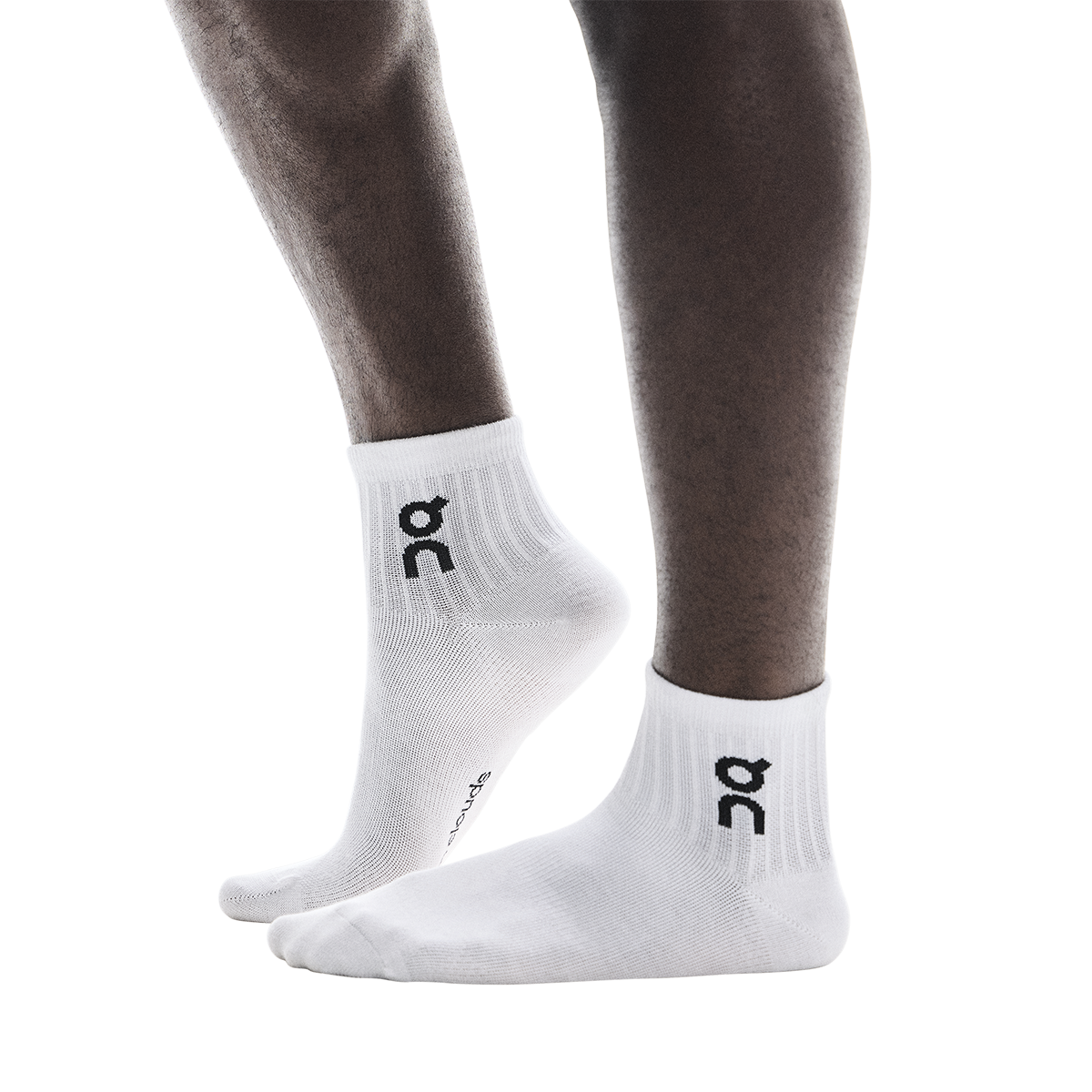With summer temperatures rising, staying committed to your running routine can be a challenge. But with the right strategy, the heat doesn’t have to slow you down. Whether you're training for a race or just trying to keep up with your weekly mileage, smart choices can help you run safer, cooler, and more confidently—even on the hottest days.
-
HYDRATE

Summer running safety starts with proper hydration before, during, and after you run. High temperatures cause you to sweat more, which means you are losing more body fluids and electrolytes at a rapid pace. To avoid dehydration, be sure to start drinking water at least 2 hours before your run and continue throughout the day.
For shorter runs lasting about 45 minutes or less, plain water should keep you hydrated. But, for runs over 45 minutes, it is recommended to add electrolytes and supplements to replenish what you are losing through sweating. A good hydration tab to add to your drink during longer runs is the Nuun daily hydration tablet, which helps replenish what has been lost through sweating.
Watch for signs of heat exhaustion:
-
Dizziness or lightheadedness
-
Headache or nausea
-
Muscle cramps or weakness
-
Heavy sweating followed by chills
If you experience any of these symptoms, stop running immediately, hydrate, and seek shade or a cooler environment.
-
DRESS FOR THE HEAT
Wearing lightweight, breathable clothing can make a big difference when trying to stay cool during extreme temperatures. Gravitating to more synthetic fabrics, not so much cotton. Cotton absorbs moisture and has a slower drying time, so you feel sticky and wet while running. Synthetic materials, on the other hand, dry quicker, helping regulate your body temperature. Also, look for lighter-colored fabrics, as they reflect the sun; darker colors absorb the heat, making it feel even hotter.
A hat or visor is a great way to block direct sun exposure, and pairing it with no-slip Goodr sunglasses can help protect your eyes from the UV as well. Also, consider wearing a lightweight t-shirt instead of a tank top to help provide more sun protection.
Do not skip the sunscreen, no matter what you wear or how long your run is. It helps protect your skin from harmful UV rays and reduces the long-term risks of skin cancer. The best option is sweat-resistant SPF, but no matter what sunscreen you pick, remember to reapply a couple of times, depending on the time of your run.
-
BEST TIME TO RUN

When temperatures rise, timing your runs becomes essential. The best times to run in the heat are early in the morning or late in the evening. Morning runs typically offer cooler temperatures, lower humidity, and less direct sun exposure. Evening runs can be just as effective, but keep in mind that pavement and other surfaces may still be radiating heat from the day.
If those windows don’t fit your schedule, running indoors is a great alternative. Treadmill workouts are especially common during the hotter months and allow you to safely log your miles without risking heat exhaustion.
-
LISTEN TO YOUR BODY
During the summer time, it is essential to listen to your body; running hard does not always mean running smart. Higher temperatures and humidity put a larger amount of stress on your body, which can make your normal pace feel a little more difficult than normal. Let go of the pressure to hit specific stats and run based on how you feel in the moment.
Some days, your body may need a slower pace or more walk breaks; that’s okay. Running by feel, rather than pace, is a safer and smarter approach when the heat is intense. If your heart rate is higher than usual, your breathing feels labored, or your energy levels drop quickly, these are clear signs it’s time to dial it back.
-
STAY SMART, STAY STRONG

Running in the summer heat does not mean stopping your progress; it means adjusting your approach by staying hydrated, dressing appropriately, choosing smart times to run, and most importantly, listening to your body. By doing this, you can run safely all season.
Remember, summer running is about consistency, not intensity. Adjust your focus to how you feel, rather than on your watch.
Lace up, stay cool, keep moving — one smart mile at a time.













